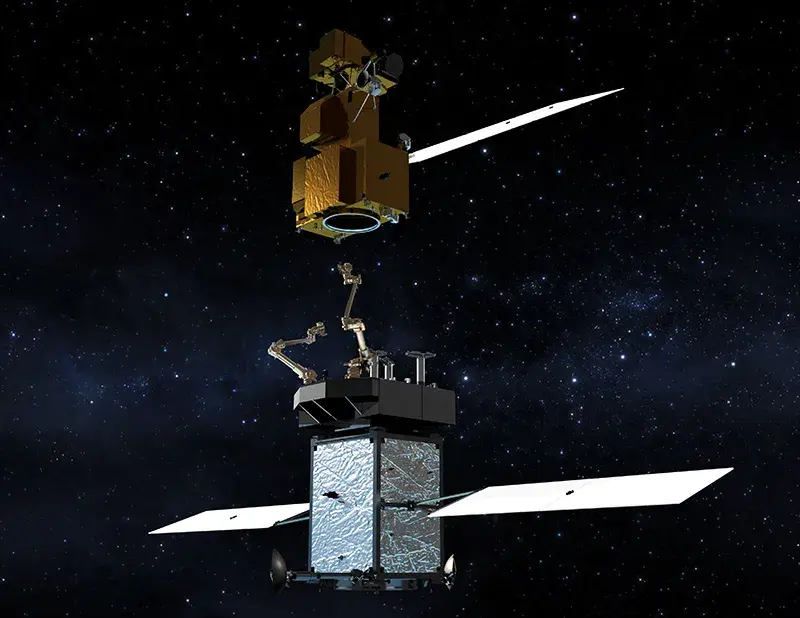What are the Types of Robots Used in Space Now?
- rayssiguieesther
- Oct 19, 2024
- 2 min read
Updated: Nov 3, 2024
Robots have become integral to our efforts in space, designed to endure harsh conditions, gather data, and assist humans. Here’s a look at the diverse types of robots that are currently shaping our understanding of space.
Rovers
Rovers are designed to traverse the surface of celestial bodies. They gather data and conduct experiments autonomously. NASA's Perseverance rover, which landed on Mars in February 2021, is currently searching for signs of past life. Another exciting development is Snakebot designed for exploration on Europa, one of Jupiter's moons. This rover mimics snakes' movement, allowing it to navigate icy surface and go through ice to explore the subsurface ocean, where conditions might be suitable for life.

Image Credit: NASA
Landers
Landers are built to descend to the surface of a planet or moon, deploying scientific instruments to gather data from a fixed location. NASA's InSight lander, which touched down on Mars in 2018, focuses on seismic activity and the planet's internal structure, helping scientists understand its geology.

Image Credit: NASA
Servicing Satellite
Servicing satellites is an emerging field that extends the lifespan of space assets through maintenance, repair, or upgrades. In 2020, Mission Extension Vehicle-1 (MEV-1) successfully docked with Intelsat 901, a communications satellite, and provided refueling to extend its operational life. This marked the first time a satellite in geosynchronous orbit was serviced in this way. The success of MEV-1 has opened the door for future satellite servicing missions, potentially including repairs and system upgrades, ensuring longer mission lifespans and reducing the need for costly replacements.

Image Credit: Northrop Grumman
Spacecraft Maintenance
Robotic arms in space are critical for assembling structures and handling delicate tasks. The European Robotic Arm (ERA), on the Russian segment of the International Space Station (ISS), is designed to position payloads, perform inspections, and assist astronauts with spacewalks. ISS also has Astrobee, a free-flying cube robot, helping with tasks such as inventory tracking and system monitoring. It helps reducing the workload for astronauts and enabling efficient space station maintenance. These versatile robots are vital for building and maintaining spacecraft.

Image Credit: ESA
Conclusion
As technology advances, the role of robots in space continues to expand. Upcoming missions like NASA’s Dragonfly to Titan and satellite servicing OSAM-2 show the increasing role of robotics in space. As we venture further, robots will lead the way, helping us explore, maintain, and eventually live in the farthest reaches of the cosmos.



Comments